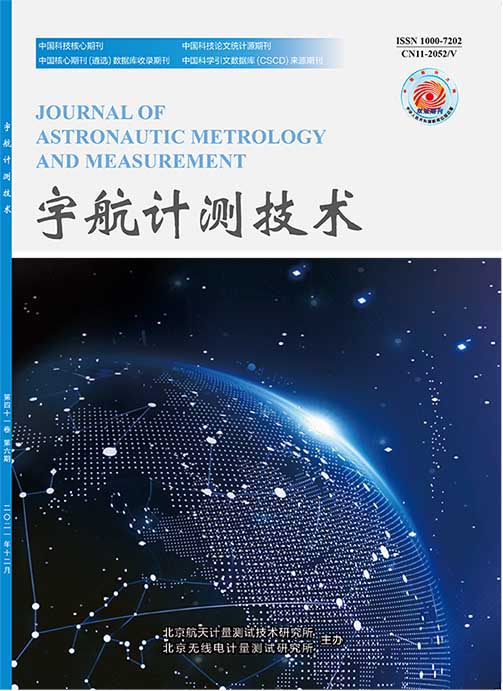
主管:中国航天科技集团公司
主办:北京航天计量测试技术研究所
北京无线电计量测试研究所
出版:《宇航计测技术》编辑部
主编:周谦
通信地址:北京9200信箱24分箱
电话: (010) 68383695
传真: (010) 68383627
邮发代号:18-123
国外代号:BM6613
国内统一刊号:ISSN 1000-7202
国际标准刊号:CN 11-2052/V
主办:北京航天计量测试技术研究所
北京无线电计量测试研究所
出版:《宇航计测技术》编辑部
主编:周谦
通信地址:北京9200信箱24分箱
电话: (010) 68383695
传真: (010) 68383627
邮发代号:18-123
国外代号:BM6613
国内统一刊号:ISSN 1000-7202
国际标准刊号:CN 11-2052/V
 京公网安备 11010602060144号
京公网安备 11010602060144号